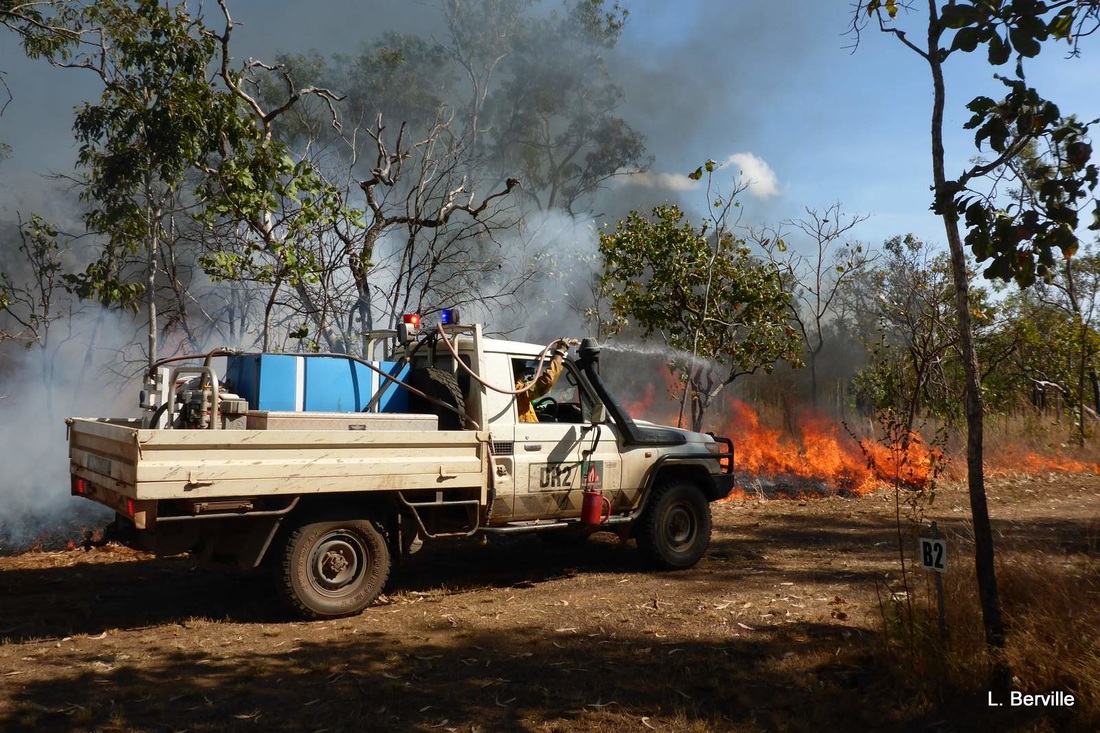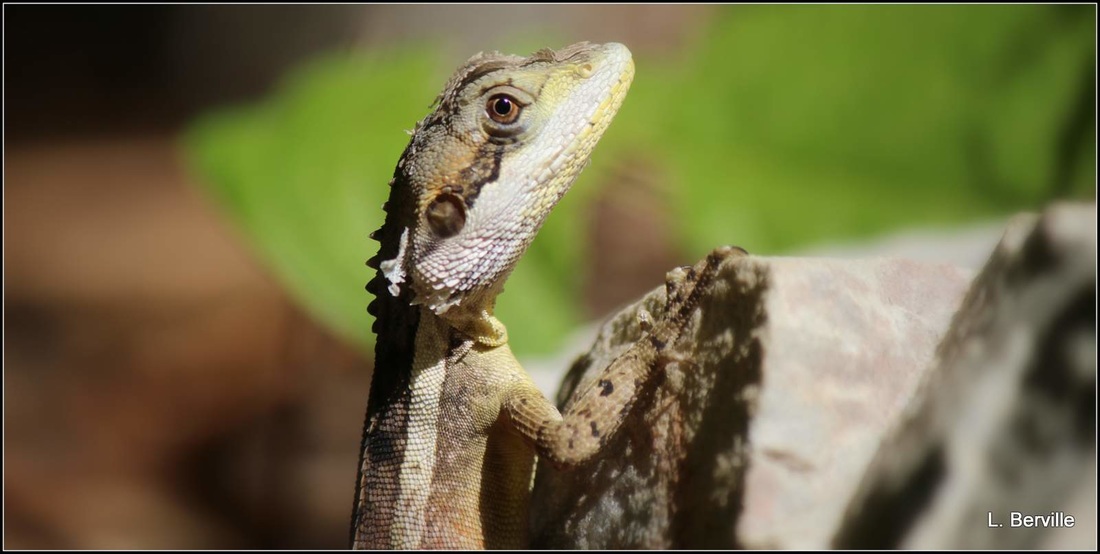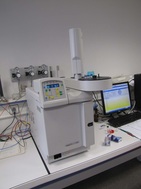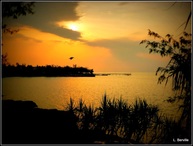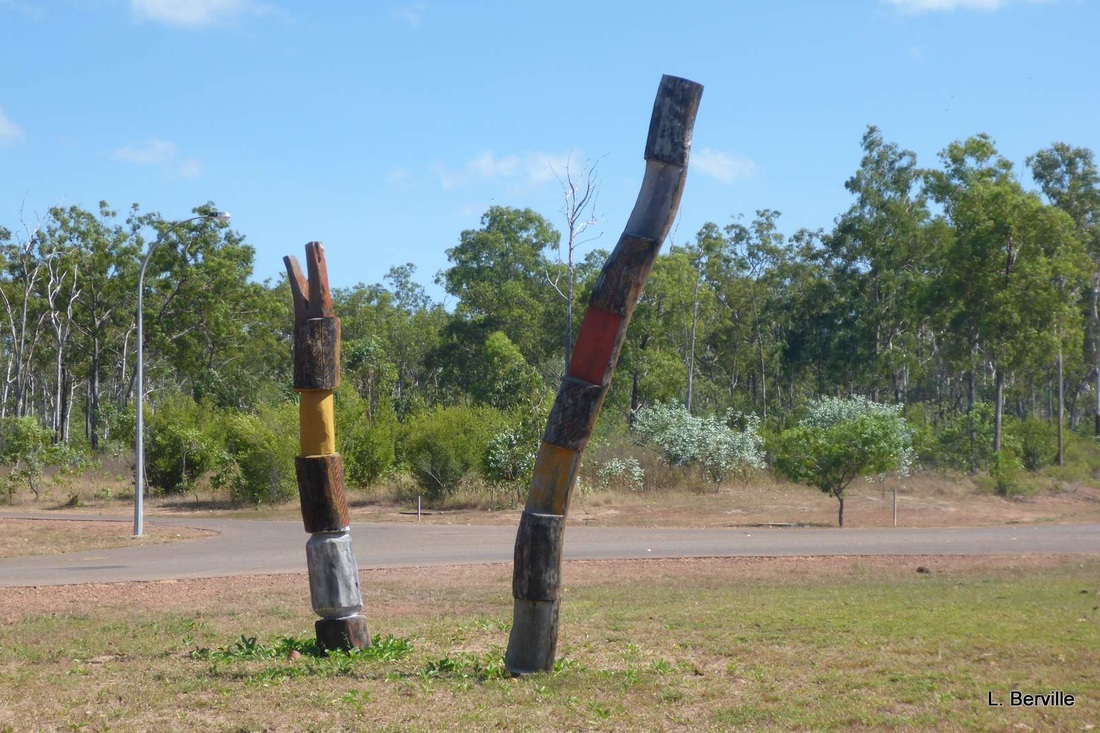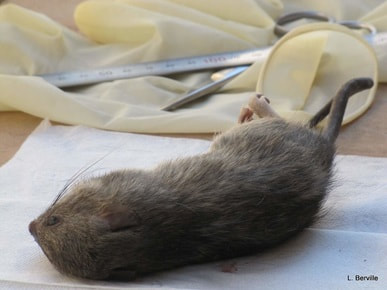Tours, France - CNRS / IRBI
The persistence in Europe of the invasive Yellow-legged hornet has inspired the development of control methods, but, none of them are simultaneously bio-friendly and efficient. As a result, there is an urgent need to develop bio-control methods for limiting the hornet’s negative impacts.
|
|
Australia, NT - CSIRO.
|
Rennes - France
|
Tiwi island - Australia
|
Niau, French Polynesia - France
|
Mediterranean Ecosystems
Arthropod assessment
|
Eradications
|
X-Ray tomography
|
|
|
